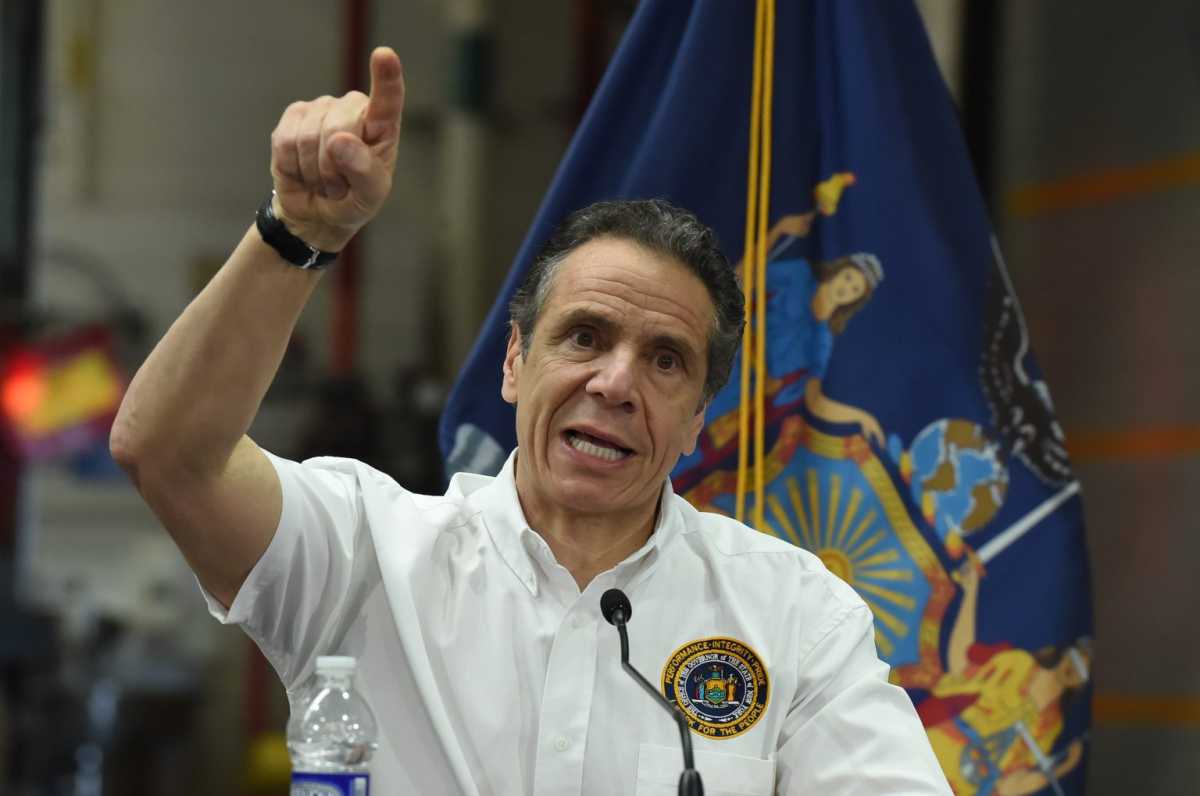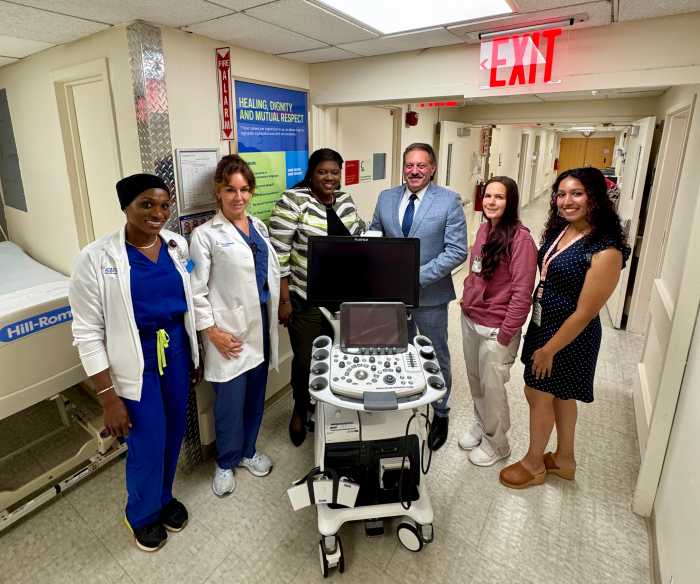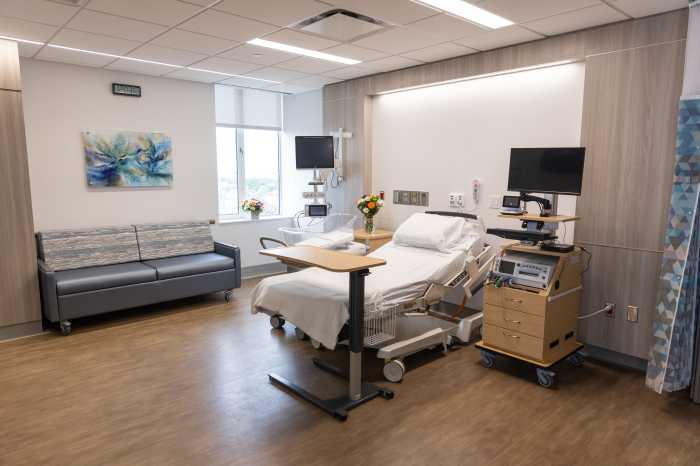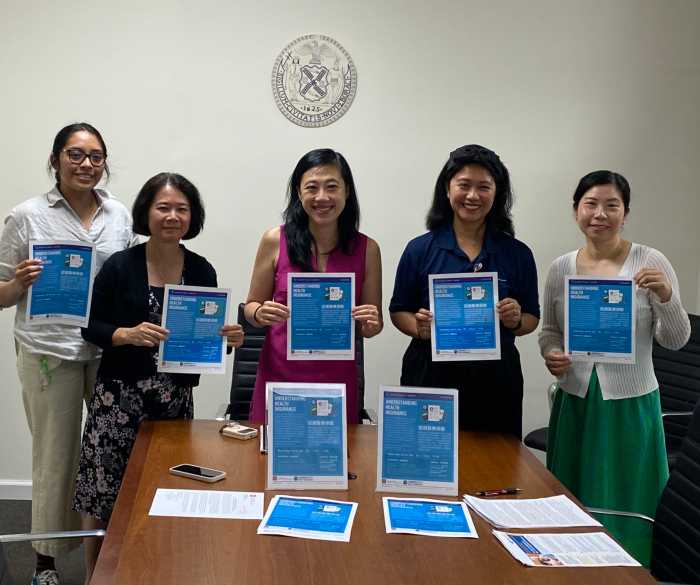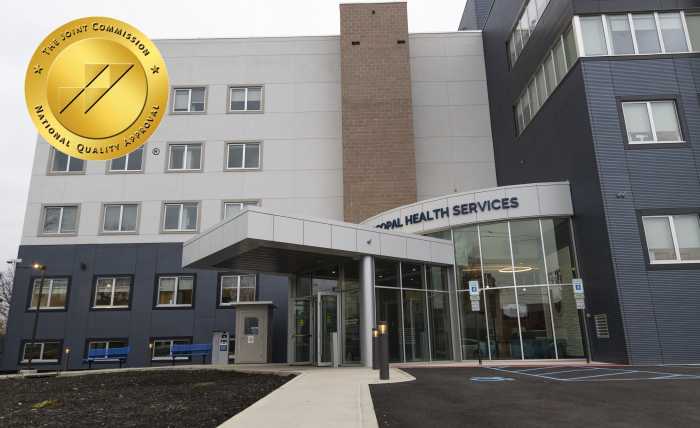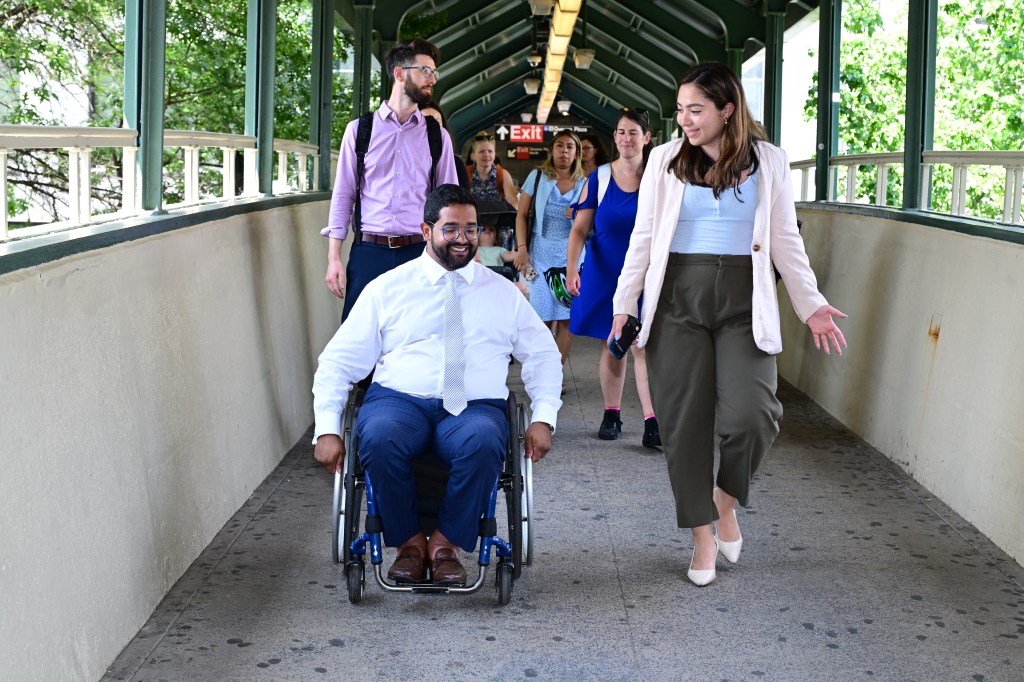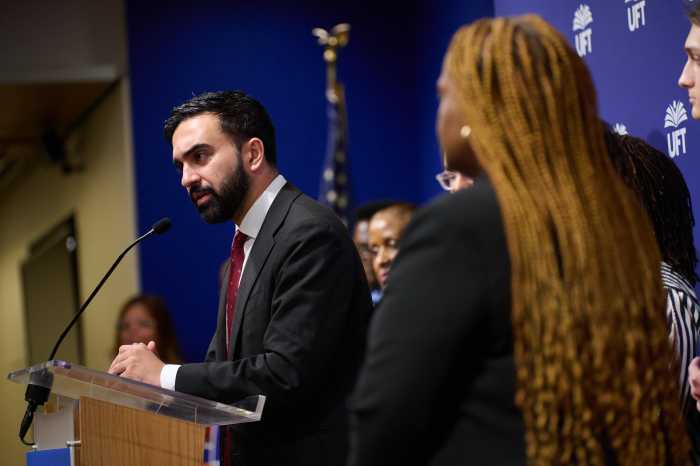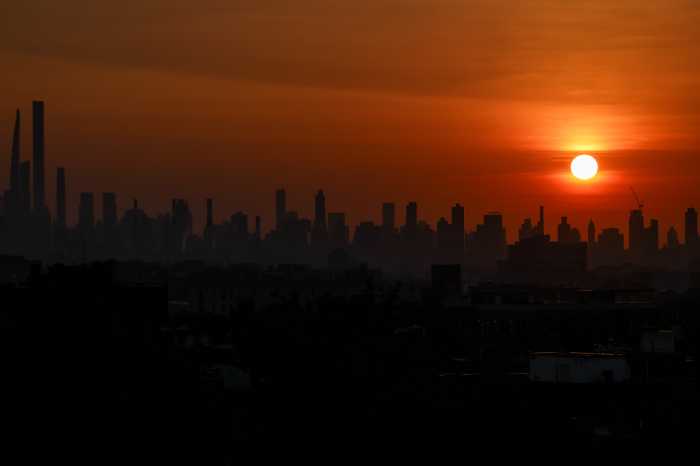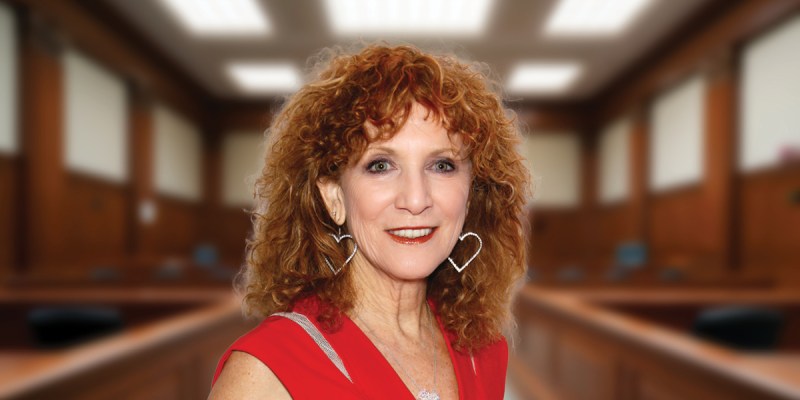The new report on New York State’s COVID-19 antibody study included a potentially reduced infection rate, Governor Andrew Cuomo said on Saturday.
As of May 1, approximately 15,000 people have participated in the ongoing study, which concluded that 12.3 percent of them had COVID-19 antibodies. That’s down from the first two reports: on April 22, the state recorded an infection rate of 13.9 percent, followed five days later by an April 27 report that indicated the rate had gone up by a full percentage point, to 14.9 percent.
The same fluctuation held true for New York City, where the study found that 21.2 percent of respondents had COVID-19 antibodies on April 22. Five days later, that number went up to 24.7 percent. But the May 1 report found that 19.9 percent of New York City participants had the antibodies.
What does it mean? The governor sees the infection rate drop as a good sign. “You don’t want to see that number go up,” he said.
Even so, there are plenty of challenges to tackle — and questions to answer — in combating the contagion.
Breaking down the New York City report, Cuomo noted that the Bronx had the highest infection rate of the five boroughs, with a staggering 27.1 percent of respondents having COVID-19 antibodies. Brooklyn and Staten Island followed with 19.2 percent, followed by Queens with 18.4 percent and Manhattan with 17.3 percent.
Black and Latinx New Yorkers are also being impacted the worst by coronavirus, with 17.4 percent Black and 25.4 percent Latinx respondents — a combined 42.8 percent —reporting to have COVID-19 antibodies.
The antibody study, Cuomo said, will help the state strategize its next steps in combating the pandemic.
“We’re still getting about 900 new infections a day walking into the hospital, that’s an unacceptably high rate,” Cuomo remarked during his May 2 briefing at the Corona Maintenance Yard in Queens. “We’re trying to understand why that is, where is it coming from, what we can do to refine our strategies and find out where those new cases are being generated. Then we can get to those areas and people to try and target our attack.”
To that end, the governor has asked local hospitals to gather additional information from COVID-19 patients and better trace where the residents live and how they may have contracted the virus.
Cuomo hopes the state could use this data to identify COVID-19 hotspots and bring additional resources to them. He points to the success of combating the first major cluster of coronavirus cases in New Rochelle back in March. The state brought additional resources and took measures to isolate a section of the city, and within weeks, the number of cases significantly dropped.
New York state is also distributing 7 million cloth masks to public housing complexes in New York City as well as senior living facilities to help protect those who are most vulnerable to coronavirus.
Meanwhile, Cuomo reported that hospitalizations and intubation rates continue to drop statewide. However, 299 new COVID-19 deaths were reported Friday, up 10 from the number recorded on April 30.
“That number remains obnoxiously and terrifyingly high,” Cuomo said. “It’s not where we want it to be.”
This story first appeared on amny.com.

